Lịch sử Kiến trúc phương Tây qua dòng thời gian - Architecture Timeline
Explore architecture through the ages
By Jackie Craven, About.com Guide

1. Kiến trúc thời kỳ tiền sử | Architecture in Prehistoric Times ↑
Trước khi lập sử, con người đã biết xây dựng những vòng tròn đá, các đài đá lớn và những cấu trúc khác | Before recorded history, humans constructed stone circles, megaliths, and other structures.
-
2. Ai Cập cổ đại | Ancient Egypt ↑
3,050 BC đến 900 BC ở Ai Cập cổ đại, những kẻ thống trị đầy quyền lực đã xây dựng nên những tượng đài Kim tự tháp, đền thờ, và những nơi linh thiêng khác | 3,050 BC to 900 BC In ancient Egypt, powerful rulers constructed monumental pyramids, temples, and shrines.
-
850 BC đến 476 AD. Từ sự nổi lên của Hy Lạp cổ đại cho đến sự sụp đổ của đế chế La Mã, những công trình vĩ đại đã được xây dựng tùy theo những quyền lực nghiêm ngặt khác nhau | 850 BC to 476 AD. From the rise of ancient Greece until the fall of the Roman empire, great buildings were constructed according to precise rules.
-
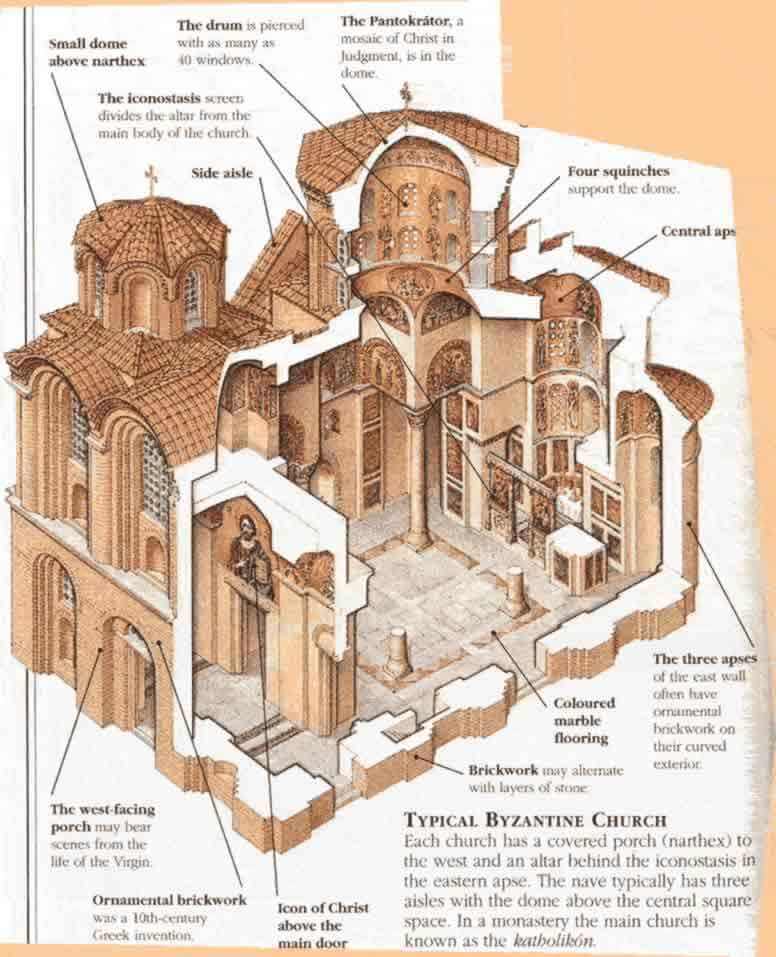
4. Đầu Công nguyên và Trung cổ | Early Christian and Medieval ↑
373 đến 500 AD. Kiến trúc châu Âu đã thóat ra khỏi những hình thức giáo đường hình hộp và bắt đầu phong cách Byzantine đầy cảm hứng | 373 to 500 AD. European architecture moved from the rectangular basilica forms to the classically inspired Byzantine style.
-

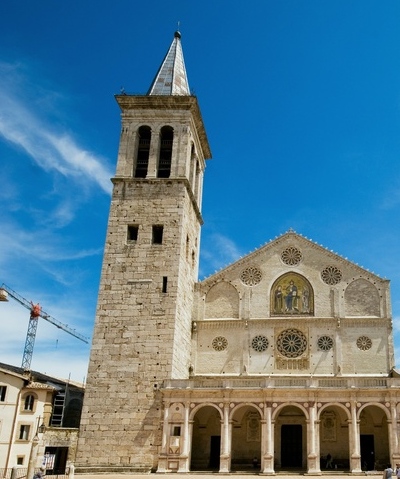
5. Roman | Romanesque ↑ - 500 đến 1200 AD.
Khi Kiến trúc La mã lan đến châu Âu; mạnh mẽ hơn, kiến trúc Roman chắc nịch với những vòm cong nổi bật | 500 to 1200 AD As Rome spread across Europe, heavier, stocky Romanesque architecture with rounded arches emerged. -
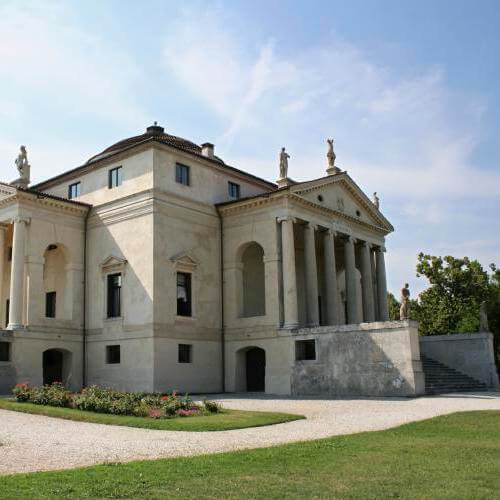
7. Kiến trúc Phục Hưng | Renaissance Architecture ↑ -
1400 đến 1600 AD. Một sự trở lại với những ý tưởng cổ điển dẫn đến một "thời đại của sự thức tỉnh" ở Ý, Pháp, và Anh | 1400 to 1600 AD A return to classical ideas ushered an "age of "awakening" in Italy, France, and England. -
-
1600 to 1830 AD In Italy, the Baroque style is reflected in opulent and dramatic churches with irregular shapes and extravagant ornamentation. In France, the highly ornamented Baroque style combines with Classical restraint. Russian aristorcrats were impressed by Versailles in France, and incorporated Baroque ideas in the building of St. Petersburg. Elements of the elaborate Baroque style are found throughout Europe.
--
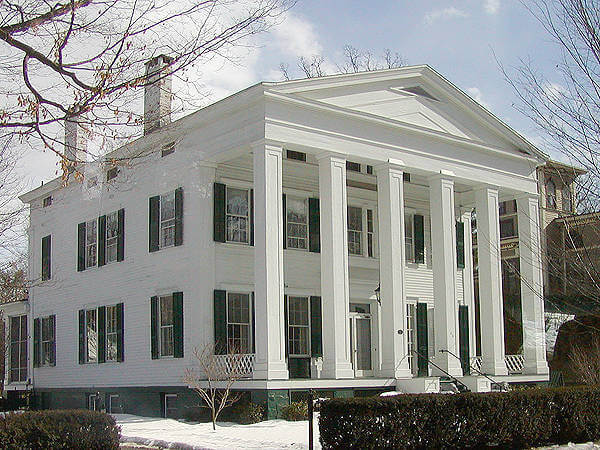 -
-- Sáng tạo trẻ: Nhà nổi lưỡng cư 41
- Cách chèn ảnh vào bài viết 8
- Viện hàn lâm Khoa học California mới với mái nhà xanh trên 1 hecta 7
- Về cái tên "sông Cửu Long" của người Việt 6
- Khu tưởng niệm Nhà văn Sơn Nam 6
- BTH: Cảnh quan - Công Viên - Quảng Trường | Landscape Architecture 6
- Top 10 món ăn ngon nhất thế giới và các nước 6
- Hướng dẫn cách phân tích hiện trạng trong bước thiết kế concept kiến trúc 5
- 6 vùng văn hóa ở Việt Nam 5
- Định nghĩa về cái đẹp 5










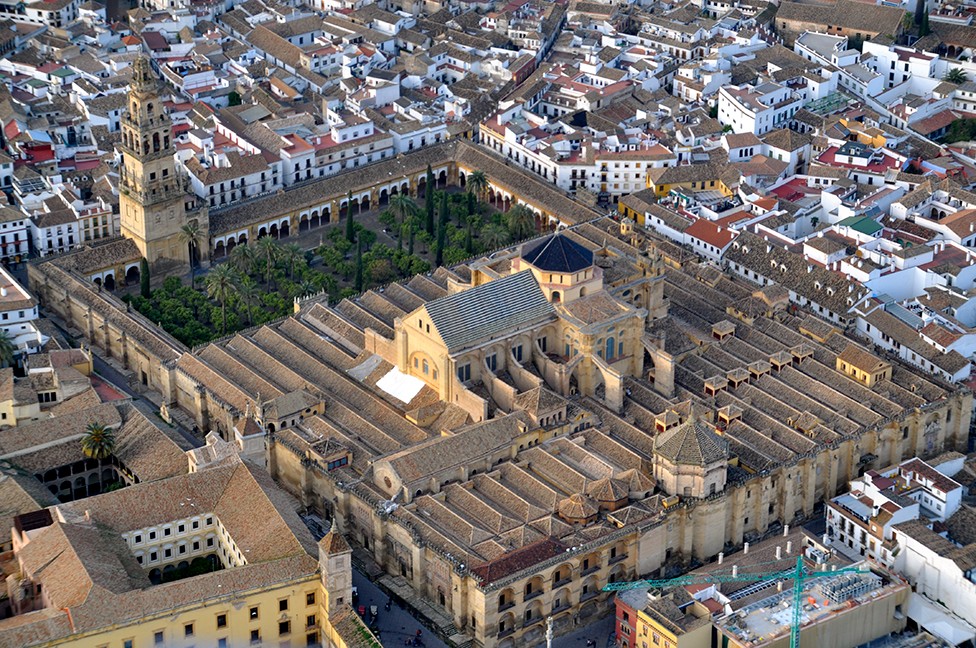

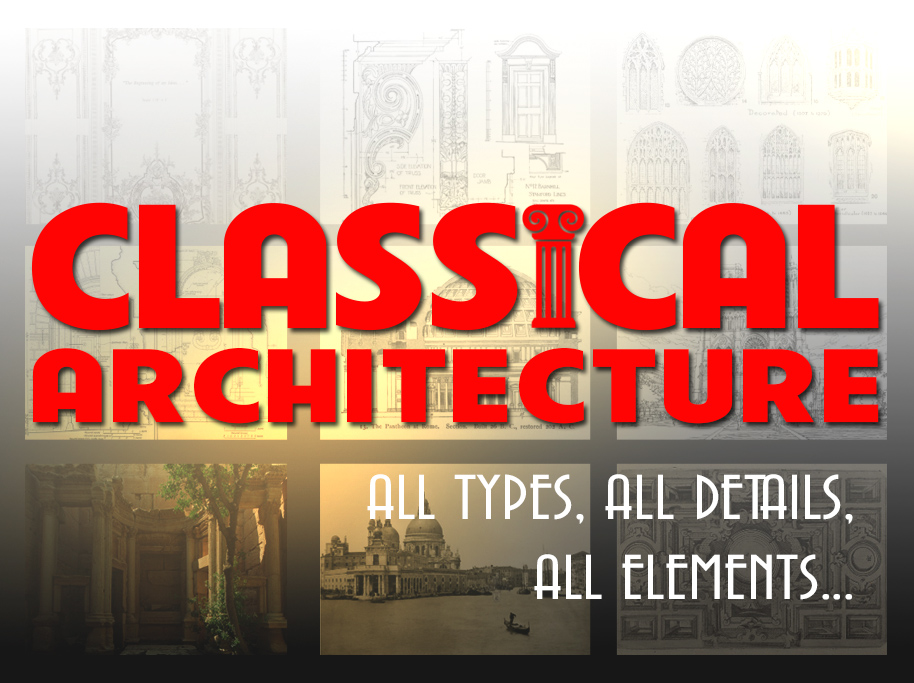
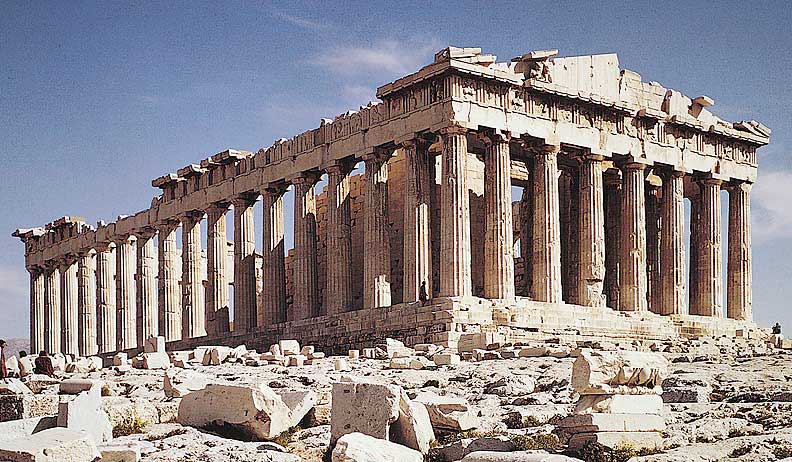
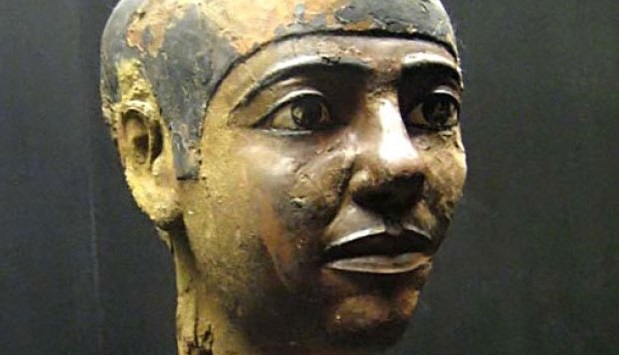
.jpg)

.jpg)
.jpg)
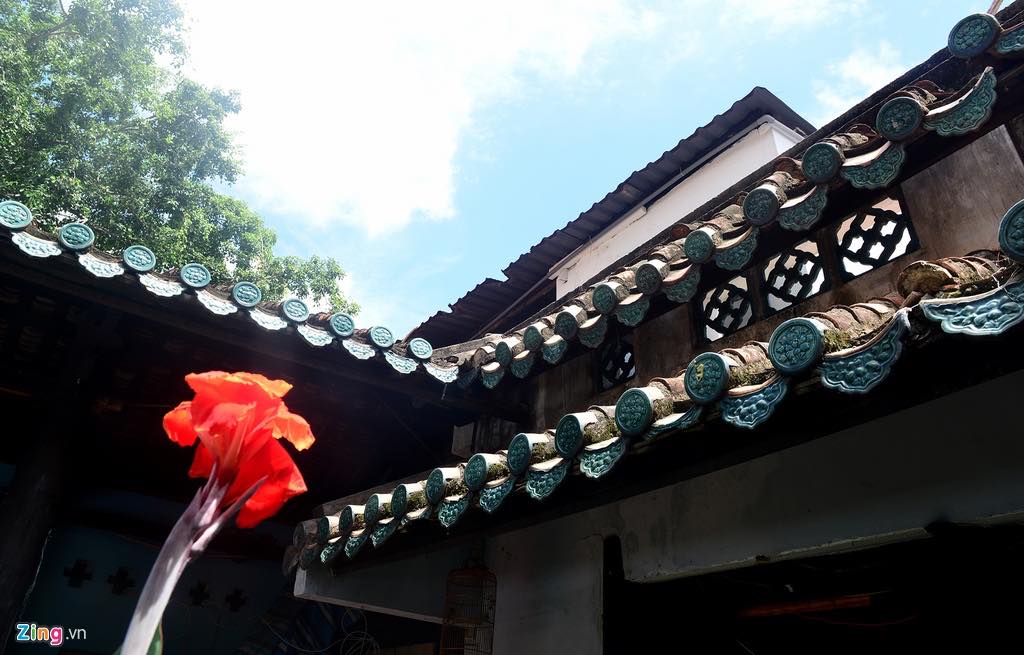
.jpg)

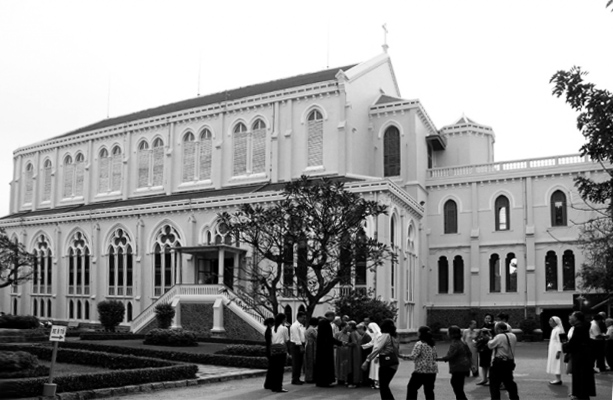
.jpg)
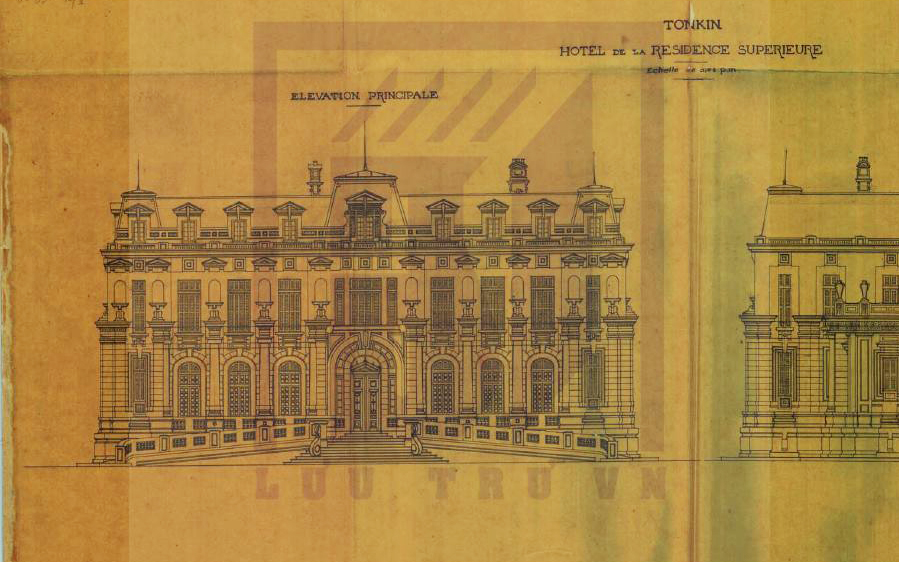
.png)
.jpg)
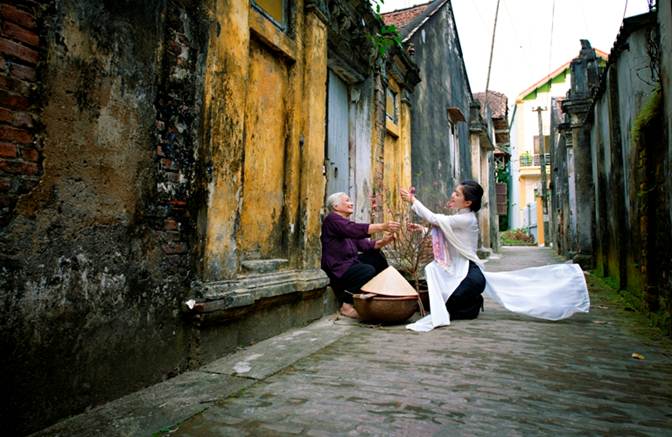
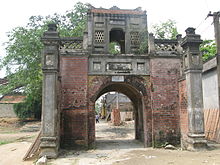
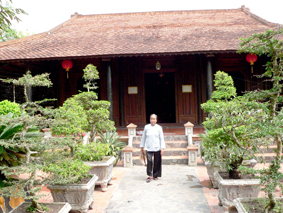









.png)
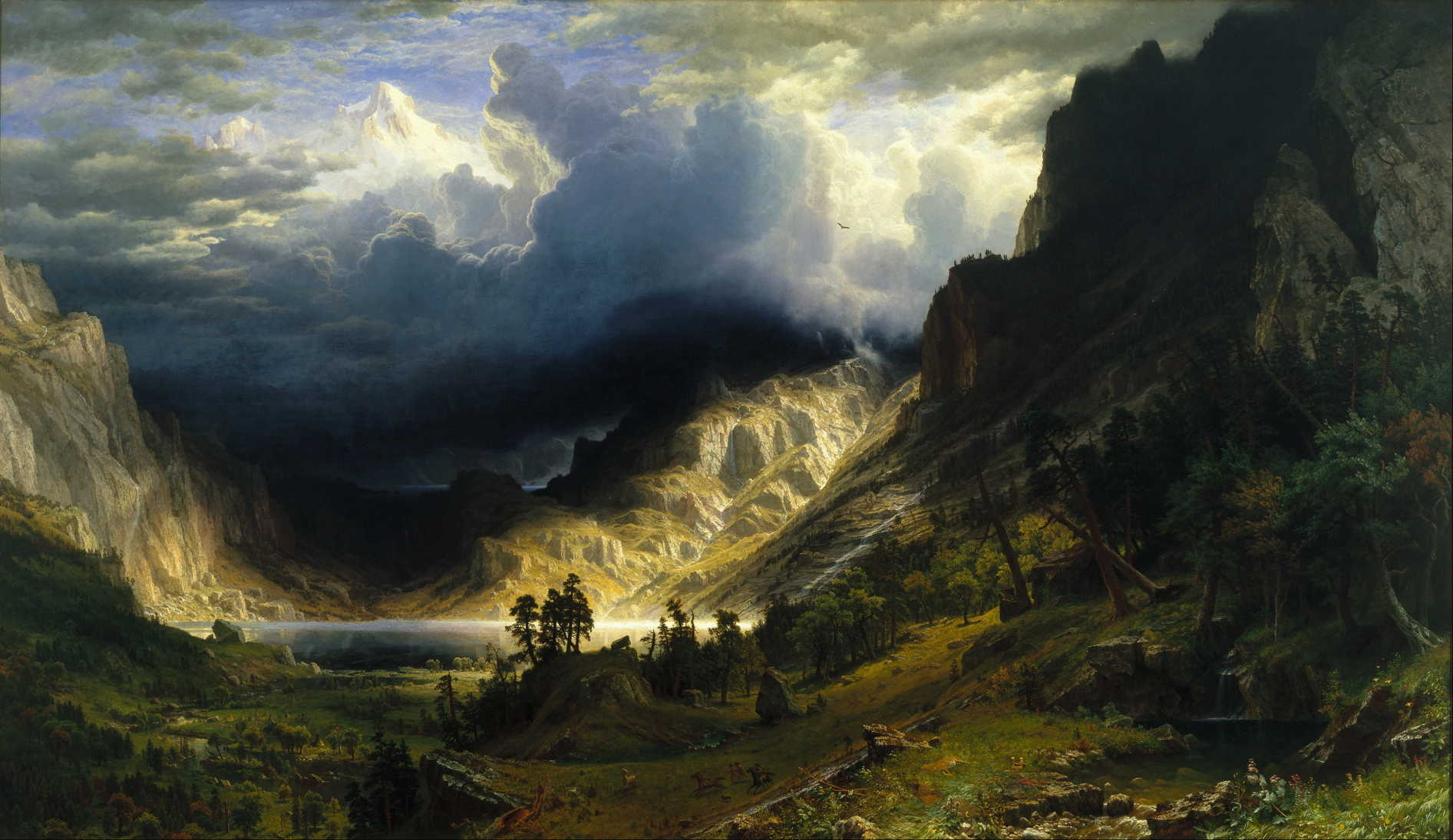
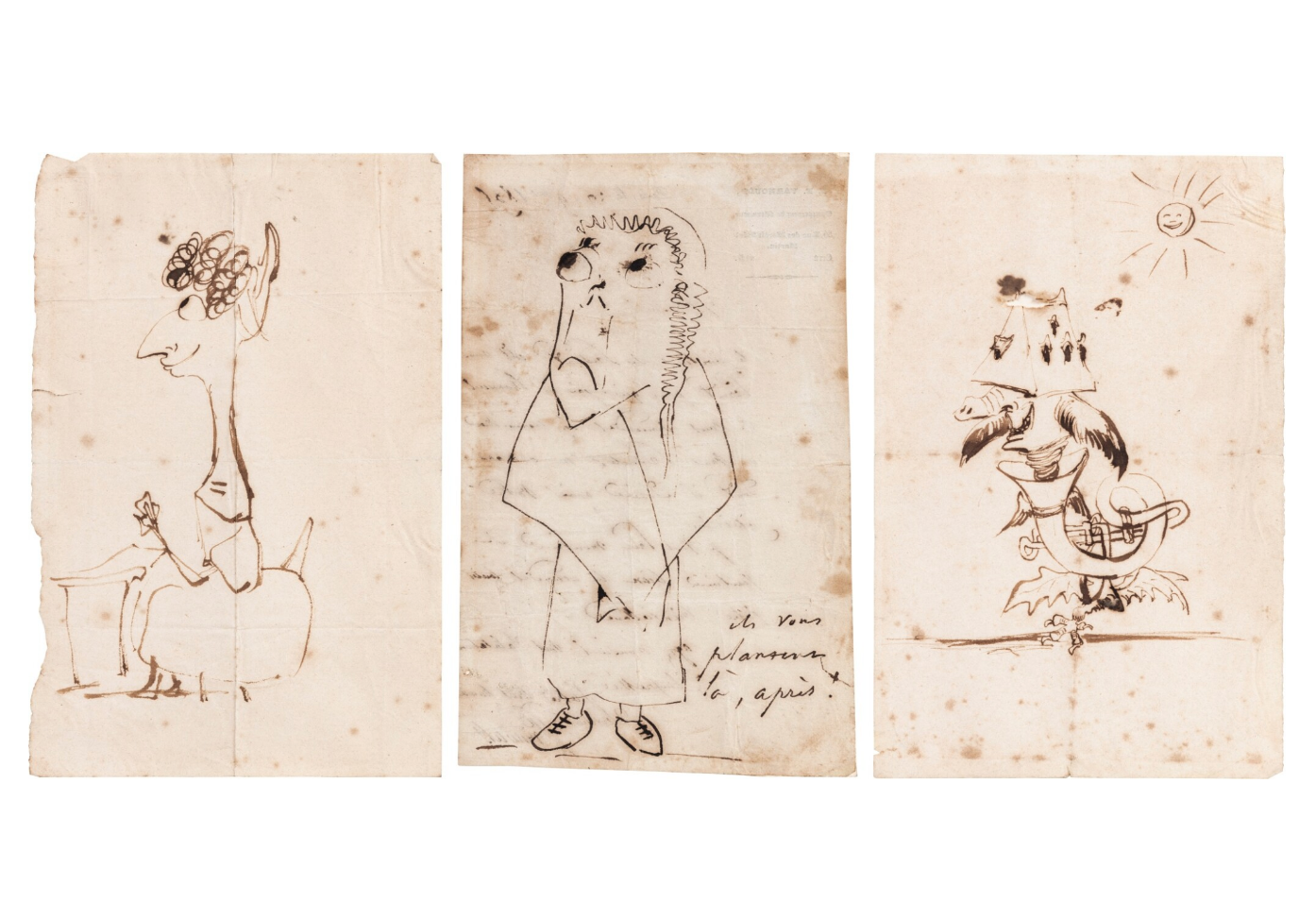

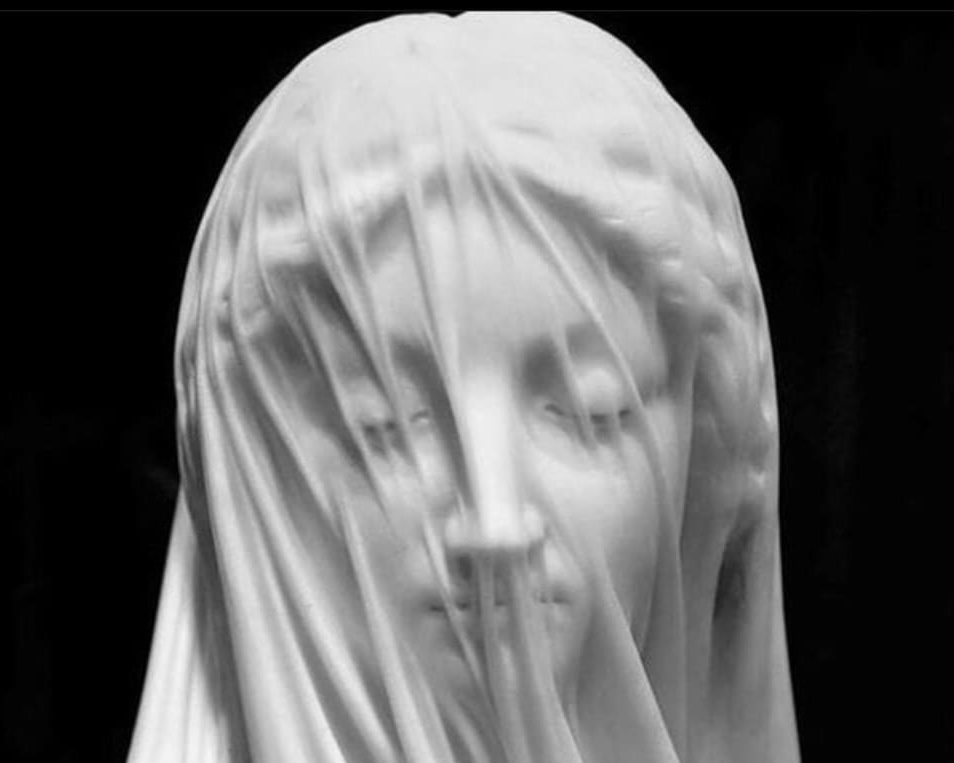
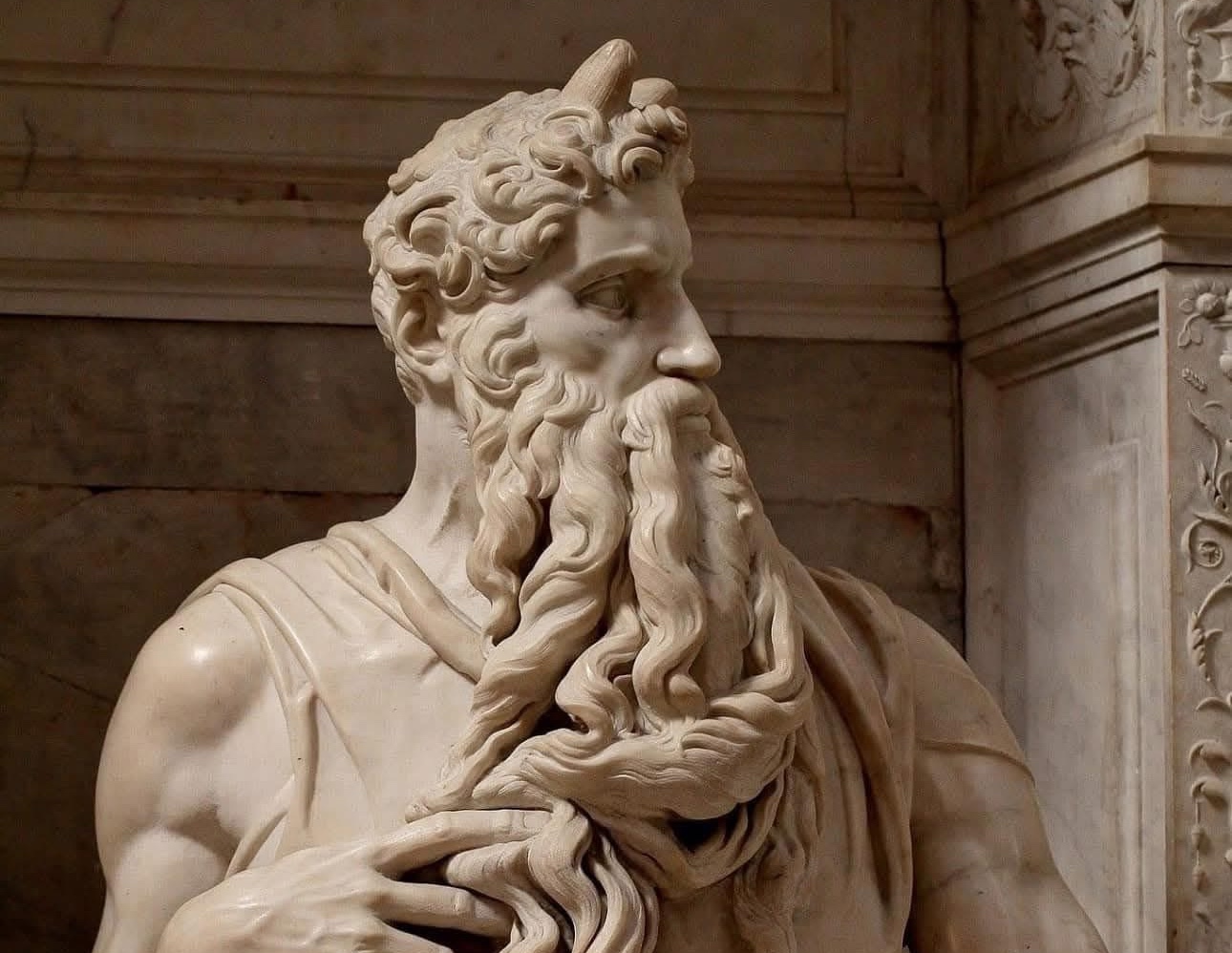




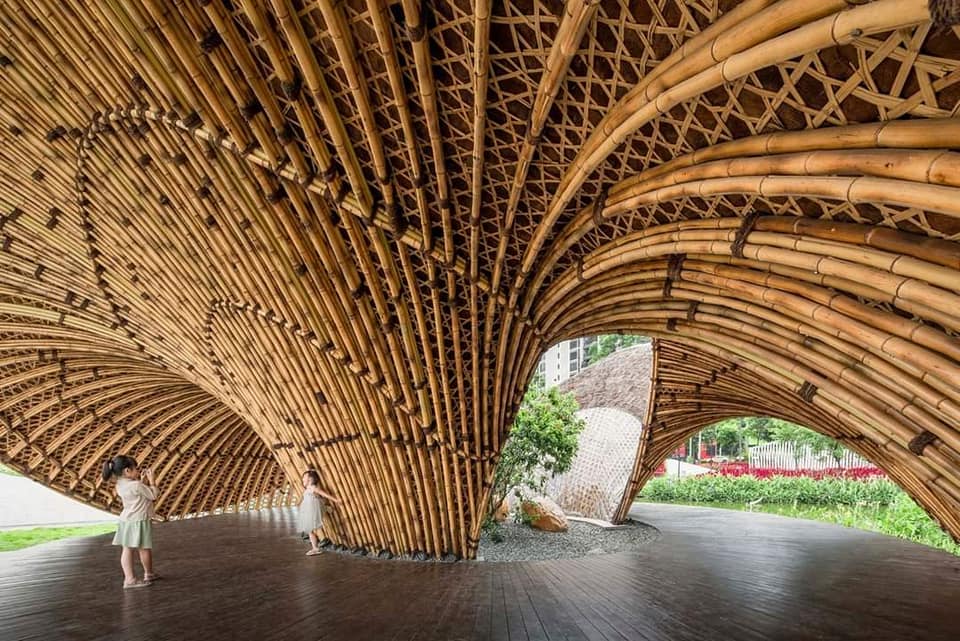



Bình luận từ người dùng